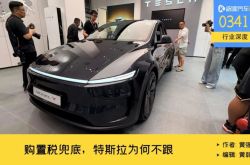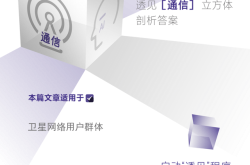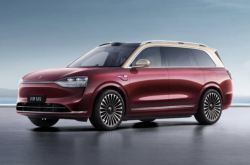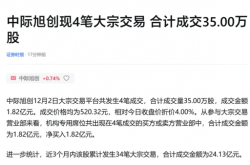Tesla's Door Handle Under Scrutiny: Is It Time to Stop the 'Over-Designing' Fad?
![]() 09/28 2025
09/28 2025
![]() 582
582
Lead
In September 2025, Tesla found itself under the microscope of U.S. regulators due to safety concerns stemming from its concealed door handles. Recently, the news that China is on the verge of implementing new national standards banning fully concealed door handle designs has ignited intense debates within the automotive sector. This indicates that the issue is not confined to Tesla alone but is prompting a worldwide reevaluation of safety standards in the new energy vehicle (NEV) industry. Is it high time to put a halt to the 'over-designing' trend that Tesla has sparked?
Published by Heyan Yueche Studio
Authored by Cai Jialun
Edited by He Zi
Word Count: 1,853
Estimated Reading Time: 3 minutes
Is the ultimate aim of automotive innovation to showcase technological prowess, or is it to provide practical solutions that cater to people's needs?
The controversy surrounding Tesla's safety investigation into its concealed door handles transcends a mere dispute over a single component. It touches upon the delicate balance between innovation and practicality across the entire NEV industry. Recently, media reports have disclosed that the Equipment Industry Department I of the Ministry of Industry and Information Technology has tasked the National Technical Committee of Auto Standardization with formulating and revising mandatory national standards for 'Safety Technical Requirements for Vehicle Door Handles,' along with amendments to three other mandatory national standards. This has resulted in a draft open for public comment. The new national standards for vehicle door handles are anticipated to be officially unveiled in 2025, explicitly prohibiting fully concealed door handles and mandating that all vehicle models be equipped with mechanical redundancy mechanisms for door opening.
The 'user-unfriendly' design of concealed door handles may soon be a thing of the past.
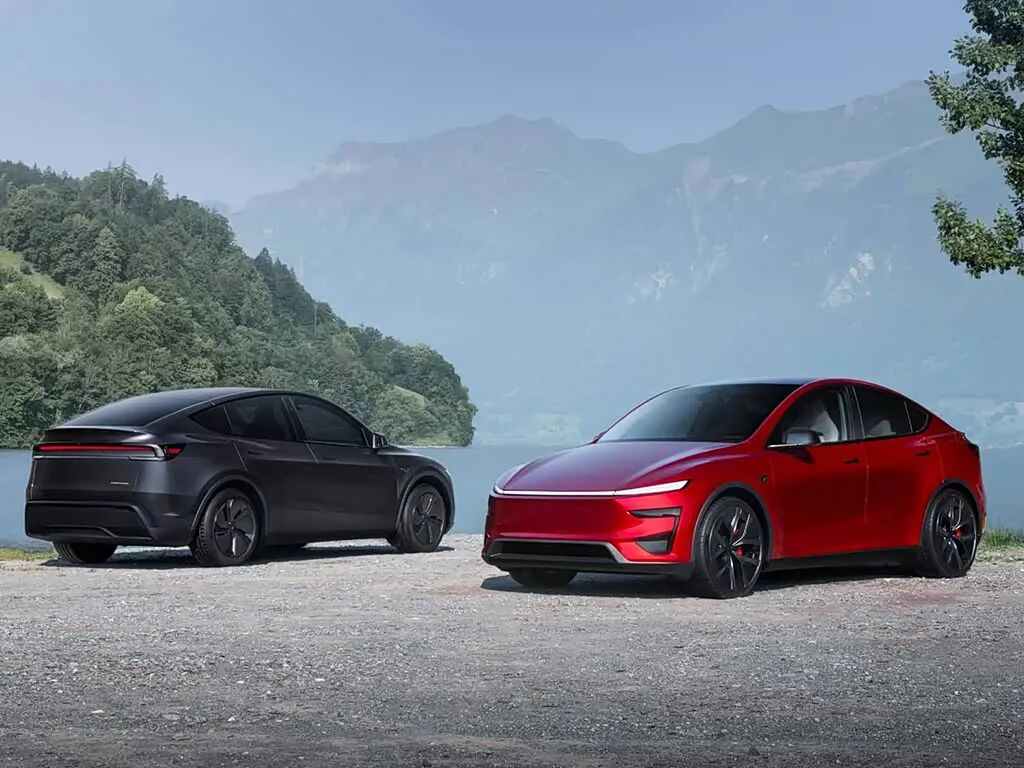
△Tesla Faces U.S. Regulatory Investigation Over Safety Hazards of Concealed Door Handles
The User-Unfriendly Nature of Concealed Door Handles
The U.S. National Highway Traffic Safety Administration's probe into Tesla's Model Y has opened the floodgates to a deluge of safety disputes surrounding concealed door handles. Investigation documents reveal that in nine reported incidents, electronic door handles malfunctioned entirely due to insufficient power from low-voltage batteries. This trapped children inside vehicles and, in extreme cases, led to owners having to break windows to rescue them. Although Tesla vehicles are outfitted with manual door-opening mechanisms, their concealed design makes it challenging for children and even some adults to operate them swiftly in emergencies, exposing a critical flaw in over-relying on electronic control systems.
Recently, Tesla's Design Director, Franz von Holzhausen, mentioned in an interview with foreign media that Tesla is revamping its door handle system, which has been mired in safety controversies. The new design aims to enable passengers to operate doors more instinctively in 'emergency situations.' This enhancement addresses regulatory concerns regarding Tesla's door safety.
In fact, even prior to the investigation, numerous users and researchers had voiced concerns about the safety and rationality of concealed door handles. Previously, the Institute of Power Machinery and Vehicle Engineering at Zhejiang University's College of Energy Engineering pointed out that the control logic of concealed door handles is intricate. In some models, the interior concealed door handles are not connected to the mechanical locking structure, making them difficult to operate post-accidents. Media reports also indicate that fire department tests reveal that breaking into a vehicle with concealed door handles can take up to 22 minutes, significantly longer than traditional doors. Moreover, studies show that at -40°C, door handle motors may fail due to lubricant solidification or increased resistance, highlighting issues in extremely cold regions.
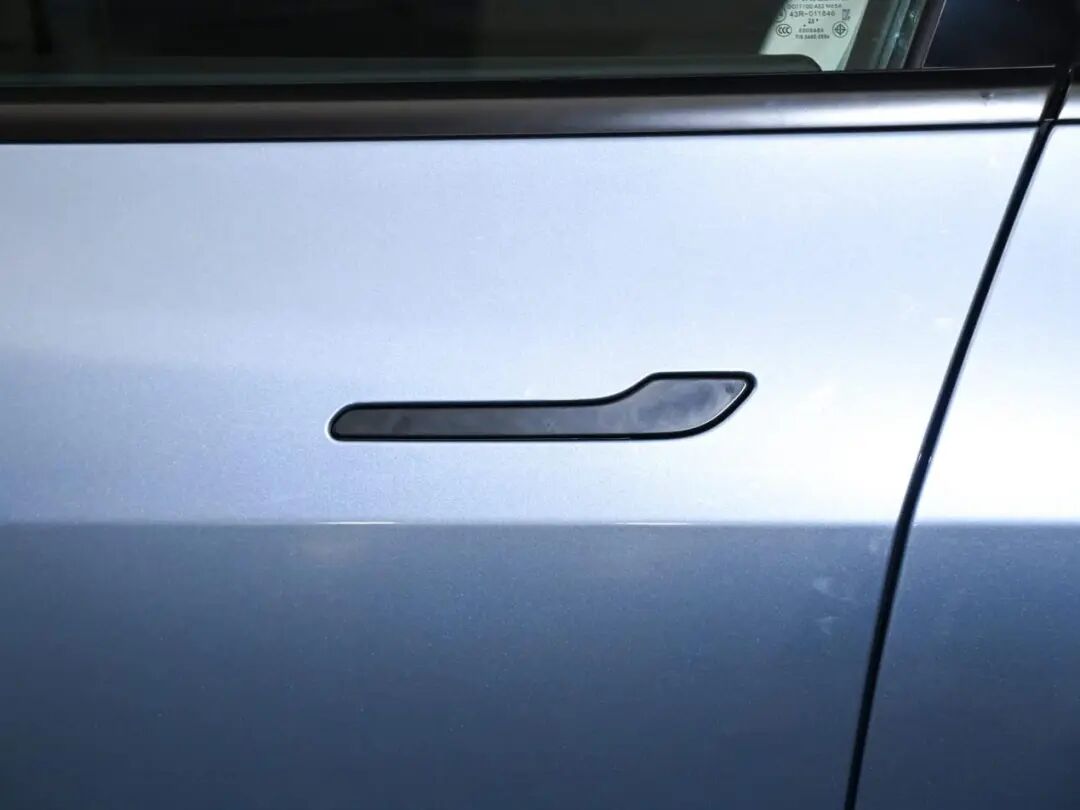
△Safety Disputes Over Concealed Door Handles Persist
Concealed door handles are merely the tip of the iceberg in the 'form over function' design trend prevalent in NEVs. For instance, the unconventional steering wheel promoted by Tesla's Model X has also been deemed a safety hazard. Another contentious design is the panoramic sunroof. While automakers claim it blocks 99% of UV rays, interior temperatures still soar in summer, with heat insulation far inferior to traditional sunroofs equipped with sunshades. Furthermore, the elimination of physical buttons for frequently used functions like air conditioning and volume forces drivers to perform multi-step operations on central screens, significantly distracting them and posing safety risks. Even disregarding the safety hazards of concealed door handles, the operational complexity and failure rates of such 'user-unfriendly' designs are significant pain points. Maintenance costs for these designs are substantially higher than those for traditional door handles, and the annual failure rates of electric structures far exceed those of mechanical ones. These designs, while seemingly pursuing technological sophistication and aesthetics, neglect the core needs of user safety and practicality.
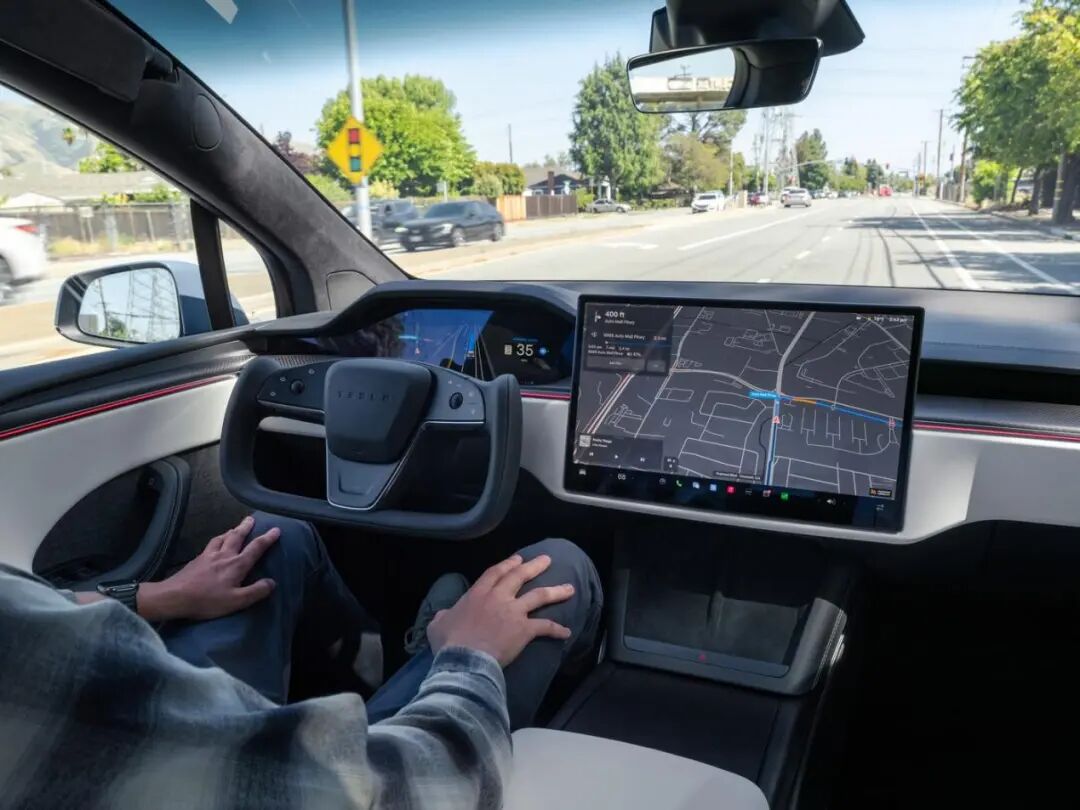
△Unconventional Steering Wheel in Tesla's Model X
The Double-Edged Sword of Innovative Designs by New Automakers
While new automakers like Tesla have injected fresh vitality into the automotive industry, they also harbor hidden safety risks. Acting as disruptors, they have vigorously propelled the electrification and intelligence of vehicles, not only accelerating the transformation of traditional automakers but also redefining human-vehicle interaction experiences with advanced user-centric thinking. For instance, the standardization rate of intelligent cockpits in NEVs reached 90% in the first half of 2025. However, their negative impacts cannot be overlooked. An excessive pursuit of differentiation and technological sophistication has led some designs into the trap of innovating for the sake of innovation, as evidenced by the proliferation of controversial features like concealed door handles. Some automakers have also drastically shortened testing cycles to expedite product launches, ultimately passing the burden of faults onto consumers.
Faced with industry chaos, global regulatory bodies are actively stepping in to guide and standardize practices. In China, the Ministry of Industry and Information Technology publicly solicited opinions on mandatory national standards for 'Safety Technical Requirements for Vehicle Door Handles' in May 2025, aiming to fill regulatory gaps. A more systematic move was the public consultation in September 2025 on mandatory national standards for 'Safety Requirements for Combined Driving Assistance Systems in Intelligent Connected Vehicles,' which established clear safety baselines for combined driving assistance systems. It explicitly mandates companies not to falsely exaggerate system capabilities or engage in misleading promotions, directly addressing the pain point of excessive marketing. This will profoundly alter industry competition logic, shifting the focus from flashy features to ensuring safety and compliance.
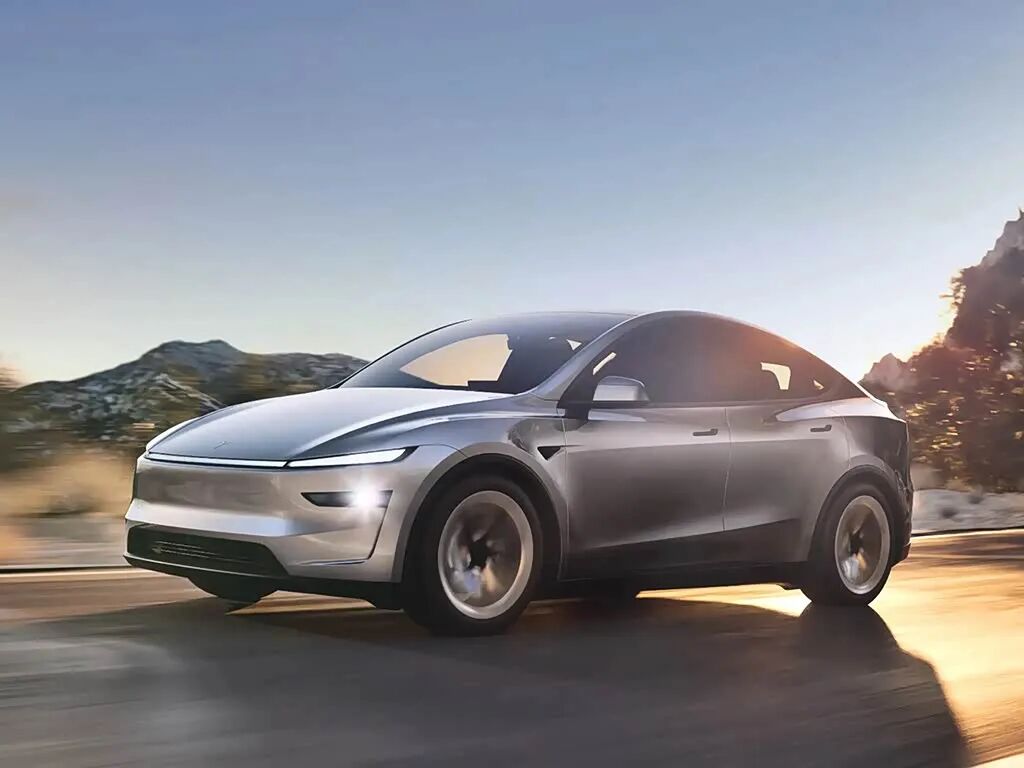
△Tesla's Innovative Designs: A Double-Edged Sword
Commentary
Ultimately, automotive design should prioritize people's needs, not just the numbers on a specification sheet. Innovation that sacrifices safety for the sake of novelty is misguided. The optimization of concealed door handles for aerodynamic drag coefficients has a negligible impact on range enhancement yet introduces unnecessary risks. True progress should seamlessly integrate electronic and mechanical controls into one-touch operations, balancing intuitiveness with redundant safety measures.
(This article is the original work of Heyan Yueche and may not be reproduced without authorization.)

